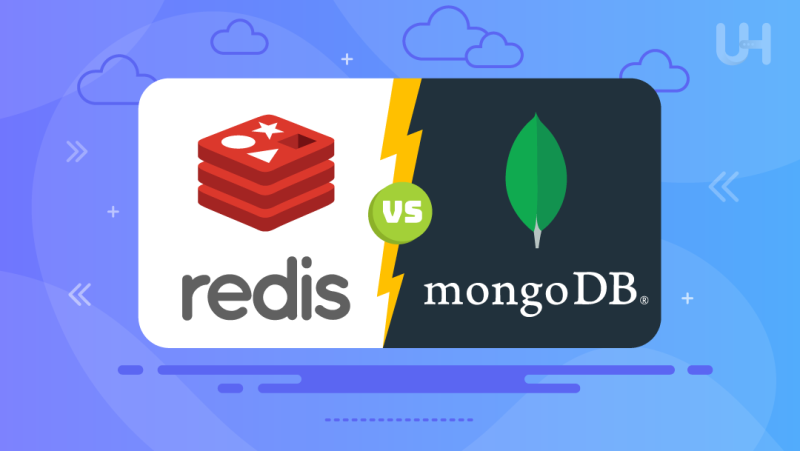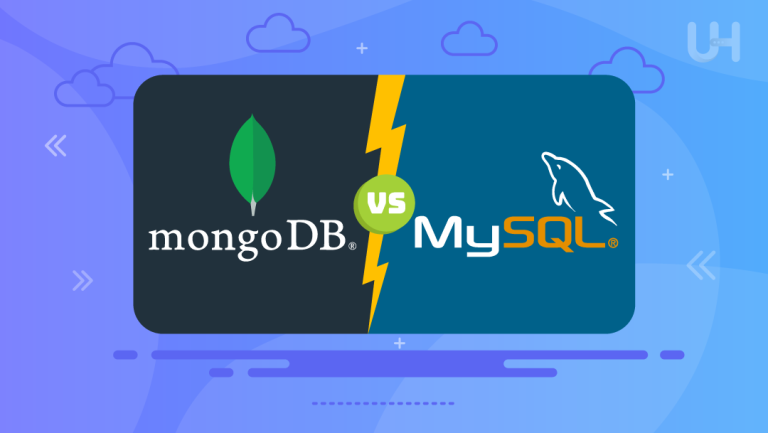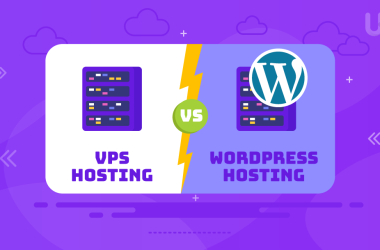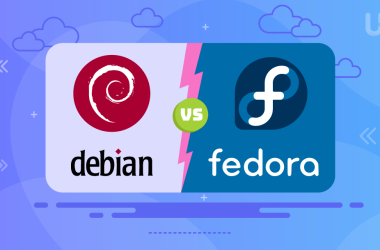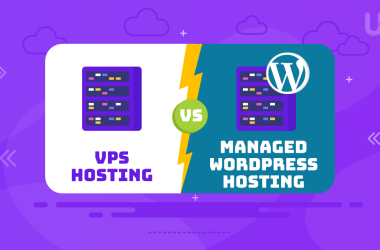When it comes to data storage and management, there are two very popular technologies: Redis vs MongoDB. Both are powerful and popular solutions used for a number of purposes with unique features and advantages. The bottom line in the difference between Redis and MongoDB could be termed as utterly important when it comes to developers or businesses looking to pick up the right database solution to solve their different problems.
In this article, we will cover major features of Redis vs MongoDB, pointing out differences that will help one choose the more suited application.
What is Redis?
Redis, also known as Remote Dictionary Server, is an in-memory, open-source data structure store that can be used as a database and message broker. Redis can also be used as a cache and was first developed by Salvatore Sanfilippo in 2009. It handles high performance with ultra-low latencies. It is a rich set of data structures that support strings, lists, sets, sorted sets, hashes, bitmaps, hyperloglogs with key-value pairs in which the data is actually stored. As much as it’s in-memory, Redis is very fast, and hence, its most appropriate application areas are within real-time applications where speed needs are paramount.
Key Features of Redis
- In-Memory Storage: Redis processes in RAM for ultra-fast access and retrieval of data.
- Data Structures: It supports several data types, including strings, lists, sets, sorted sets, hashes, bitmaps, hyperloglogs, and geospatial indexes.
- Persistence Options: Although Redis is an in-memory database, it has both RDB snapshots and AOF logs for persistence, which make data very durable.
- High Availability: Master-slave replication, automatic failover, and Redis Sentinel to build highly available architectures.
- Pub/Sub Messaging: Redis is a message broker with the inbuilt ability to provide Publish/Subscribe messaging.
- Lua Scripting: Redis can run complex operations atomically with Lua scripts.
- Cluster Support: Redis Cluster is horizontally scalable, which means it distributes the data across multiple nodes.
- Transactions: Redis supports transactions, which provide atomicity while executing multiple commands.
What is MongoDB?
Billed to be the world’s most popular NoSQL database, MongoDB comes with a document-oriented data model that is both flexible and developer-friendly. Developed by MongoDB, Inc. in 2009, the design of MongoDB is in hashing out a format used to store unstructured or semi-structured data within its document in BSON, a Binary JSON (JavaScript Object Notation) replacement. It is actually schema-less. Hence, its scaling is easy and can handle practically any kind of data. MongoDB is particularly helpful in applications with demanding data-model flexibility, such as Content Management Systems (CMS), e-commerce platforms, and social hosting networks.
Key Features of MongoDB
- Document-oriented Storage: The data is stored as BSON documents, which implies flexible or dynamic scheme schemes.
- Scalability: Support for horizontal scaling by the use of sharding, therefore supporting large volumes of data and high traffic.
- Indexing: In MongoDB, there are several types of indexing—for example, single-field, compound, geospatial, and text indexing—all of which improve the performance of queries.
- Aggregation Framework: It has an immense aggregate data processing and analysis framework, enabling complex queries and transformations.
- High Availability: The features natively build in replication with automatic failover and recovery through features called replica sets.
- Ad Hoc Queries: MongoDB supports ad hoc queries, allowing you to search documents using various query expressions.
- Full-Text Search: With the built-in pipeline to manage and search for text, it incorporates many common features for text searching stemming, tokenization, and score-based search capabilities.
- Flexibility of Schemas: Schema-less designs allow for flexible evolution and adaptation of the database structure when an application’s requirements change.
MongoDB vs Redis: Differences
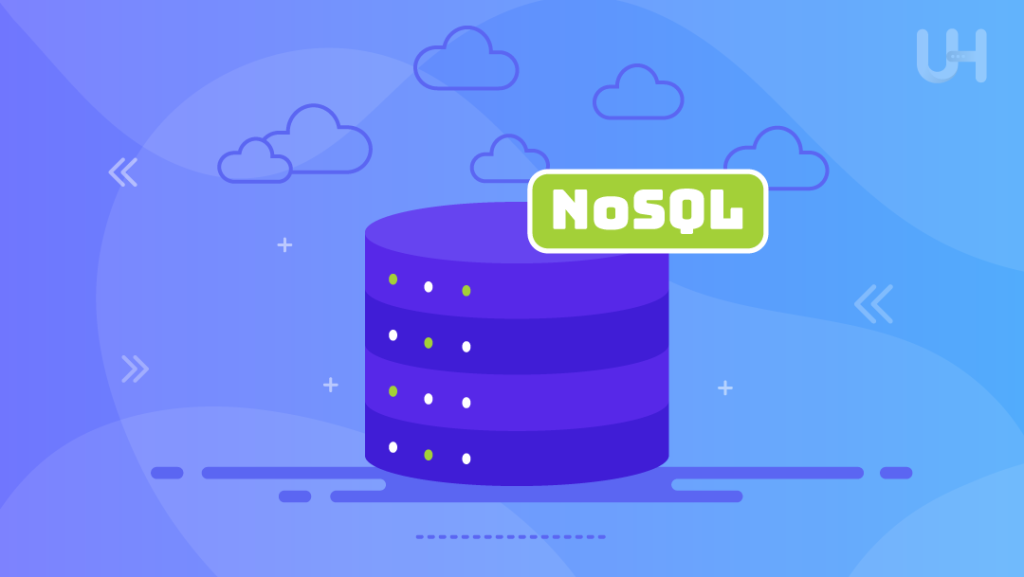
Some of the Redis vs Mongo differences are as follows:
Data Model
The most striking difference between Redis vs MongoDB is their data models. Redis represents a key-value store of data, where each component is stored and recovered with some unique key. Appropriate cases are where relationships among data are not complex in nature, and access needs to be fast. This variety of supported data structures, like lists, sets, and hashes, enables Redis to solve really vast spectra of tasks—from caching and session management to real-time analytics and queuing.
On the other hand, MongoDB is a document-oriented database management system where data is hosted as BSON documents. Such a flexible, semi-structured format is very well suited to handling complex, hierarchical data of different schemata. In MongoDB’s document model, related data may be embedded in a single document; this reduces the need for complex joins and makes it easier to model real-world entities.
Supercharge Your Database Performance!
Looking to optimize your Redis or MongoDB performance? A reliable VPS Hosting solution from UltaHost can provide the speed, scalability, and security your databases need. Experience unmatched performance for your Redis and MongoDB deployments!
Use Cases
Due to the properties of Redis, which are in-memory data storage and submillisecond response times, it is quite widely used as a caching solution. It’s applied in real-time analytics, session storage, message brokering via Pub/Sub, and leaderboard management in video gaming applications. Since it represents an in-memory store, Redis tops the list for cases where it needs to be really fast, either rebuilding the data in case of loss or reconstructing them from other sources.
In contrast, MongoDB sees wide usage in situations requiring flexible schemas and large-scale data storage. It’s popular in content management systems, e-commerce hosting platforms, and social networks where the data model could change over time and where storing rich, hierarchical data structures is necessary. Since MongoDB can cope with unstructured and semistructured data, it is one of the most used solutions when dealing with big data applications and environments where data models are changing.
Performance
Performance is another area in which Redis and MongoDB differ a lot. In-memory storage gives Redis quite a large gain in speed and makes it one of the fastest databases out there. It provides sub-millisecond response times, making Redis ideal for applications with high throughput that foresee instant access to data. This all comes at the cost of memory usage, as all data must fit in RAM. However, Redis offers options for persistence—it persists data on disk.
Although this disk-based storage makes it less fast than Redis, MongoDB provides good performance for many use cases, particularly when optimized with proper indexing and sharding strategies. MongoDB’s performance will be enough for applications needing quick reads and writes but not as latency-sensitive to warrant Redis. Its ability to handle large data volumes and complex queries makes it a strong performer in several scenarios.
Persistence and Durability
Although primarily an in-memory database, Redis provides some data persistence mechanisms through RDB snapshots and AOF (Append Only File) logs. These mechanisms allow Redis to save its data on disk periodically, making it recoverable in cases of restarts or crashes. However, Redis is not designed with durability in mind; there is always a trade-off between performance and data persistence.
MongoDB is also highly data-durable, making it very strong; this is a disk-based database by design. By default, it writes data to the disk, assuring you and ensuring the safety of the data in case of system failure. MongoDB also supports replica sets for high availability and redundancy through data replication on every node. MongoDB is a more robust choice for applications where data durability is a priority.
Scalability
The choice between Redis vs MongoDB is based on the dimension of scalability. Redis does offer support for horizontal scaling through the Redis Cluster by allowing data to be distributed across several nodes. While this permits Redis to manage a large number of data, its in-memory nature sets a natural cap on further horizontal scaling compared to disk-based databases. Getting Redis to scale often means adding more memory or nodes, costing a lot.
By design, MongoDB is scalable. It supports natively the sharing of big datasets among very many servers. Its horizontal scaling capabilities thus make MongoDB very fit for applications that need to scale out for huge volumes of data and traffic. The ease of a flexible schema also makes it scale easily in scenarios where the data model may evolve into something very different without changing the application code much.
Complexity of Operations
Another difference concerns the complexity of operations between Redis and MongoDB. Setting up and using Redis is pretty easy, with simple commands and almost no configuration. Because of its simplicity and focus on speed, Redis is pretty easy to plug into other existing applications, particularly in the caching layer and message broker sectors.
Though a little more complex, MongoDB offers a rich set of features that deal with more intricate data requirements. It has an aggregation framework, indexing options, and complex query support for flexibility but requires more effort to configure and optimize. Other features of MongoDB, like sharding and replica sets, also add complexity to the database but make it much more capable with respect to large and decentralized data.
Conclusion
Redis vs MongoDB are totally different yet very powerful solutions with certain specified purposes. Redis excels best in cases where speed matters the most, and RAM can hold all your data. It will do well in caching, real-time analytics, and session management applications. On the other hand, MongoDB will be suitable for situations in which an application requires flexible schema, large-scale data storage, and complex querying capabilities.
UltaHost’s PHP Hosting service provides the performance and reliability you need for seamless integration with your database of choice. Elevate your web applications with optimized hosting that keeps your PHP projects running smoothly.
FAQ
What is the primary difference between Redis and MongoDB?
Redis is an in-memory key-value store, while MongoDB is a document-oriented NoSQL database.
Which database is faster, Redis or MongoDB?
Redis is generally faster due to its in-memory storage, offering sub-millisecond response times.
Can Redis be used for long-term data storage?
While Redis is primarily in-memory, it offers persistence options like RDB snapshots and AOF logs for long-term storage.
What types of applications are best suited for MongoDB?
MongoDB is ideal for applications with flexible data models, such as content management systems and e-commerce platforms.
Does MongoDB support complex queries?
Yes, MongoDB supports complex queries and data aggregation through its powerful aggregation framework.
Is Redis a good option for real-time analytics?
Yes, Redis is excellent for real-time analytics due to its high-speed, in-memory data processing.
How does MongoDB handle scalability?
MongoDB handles scalability through sharding, allowing data to be distributed across multiple servers for horizontal scaling.





